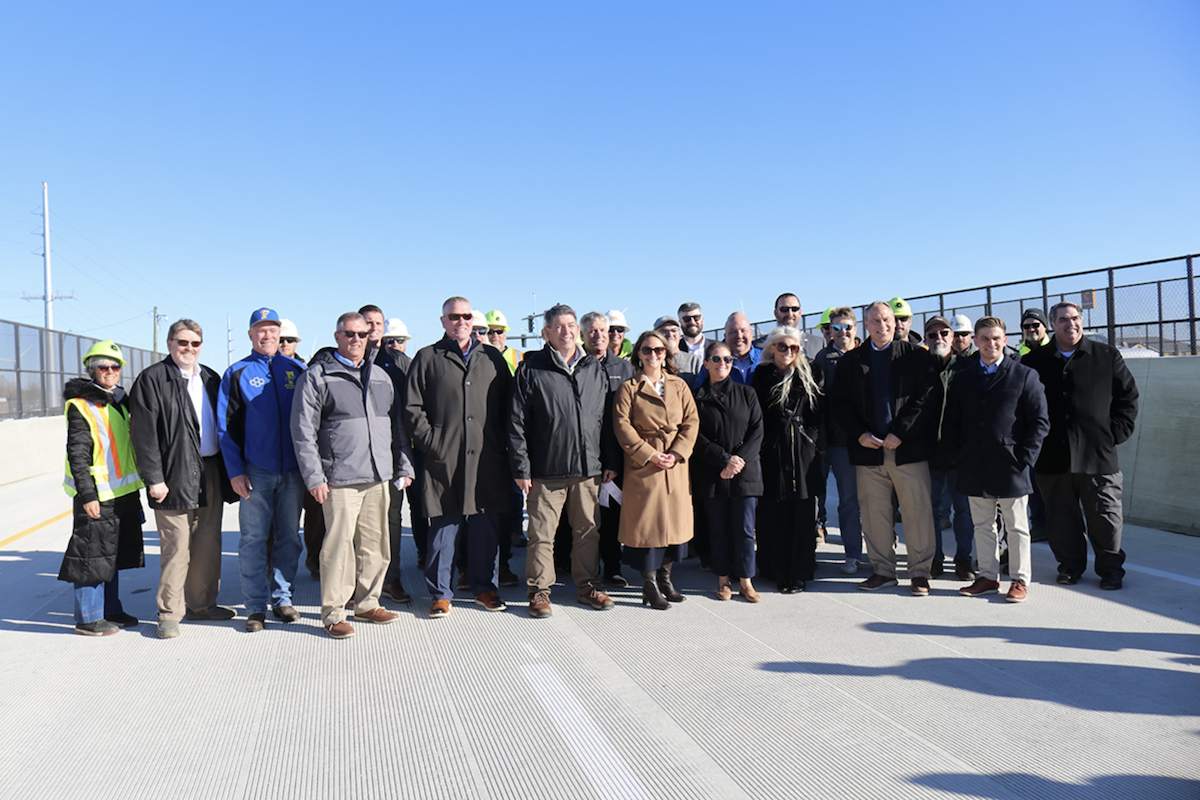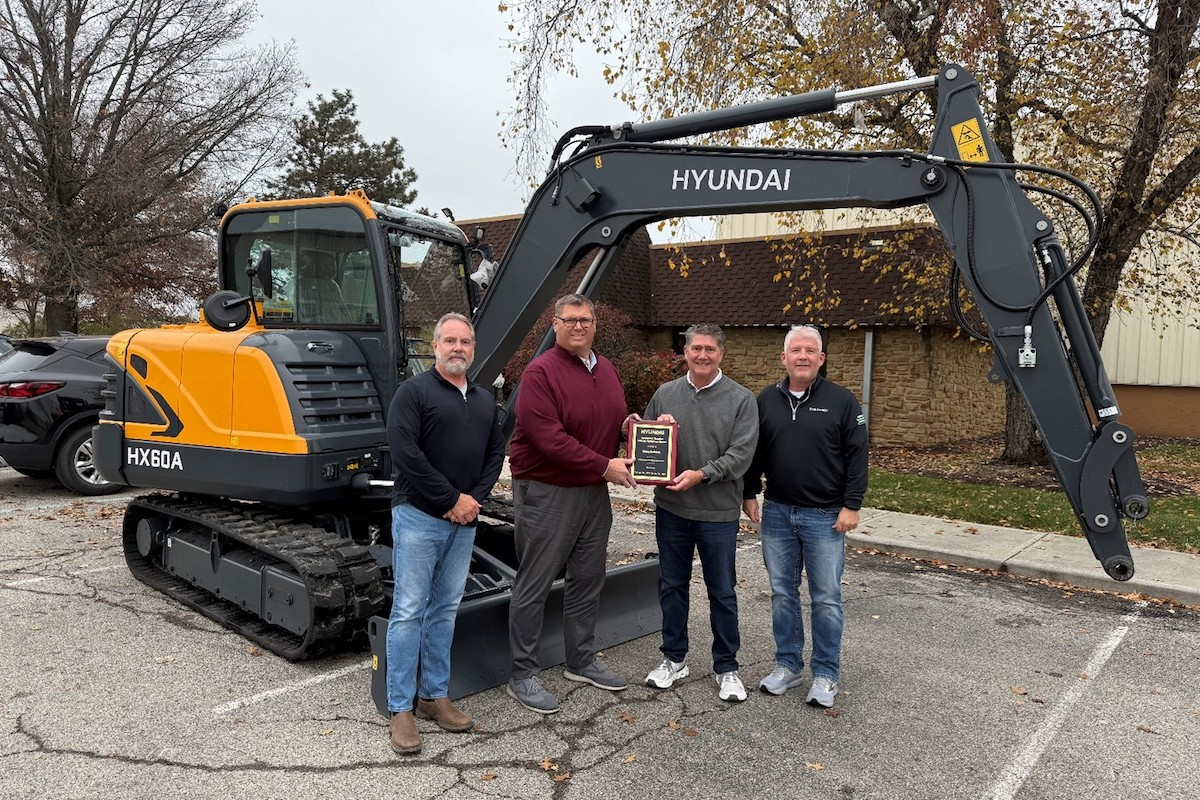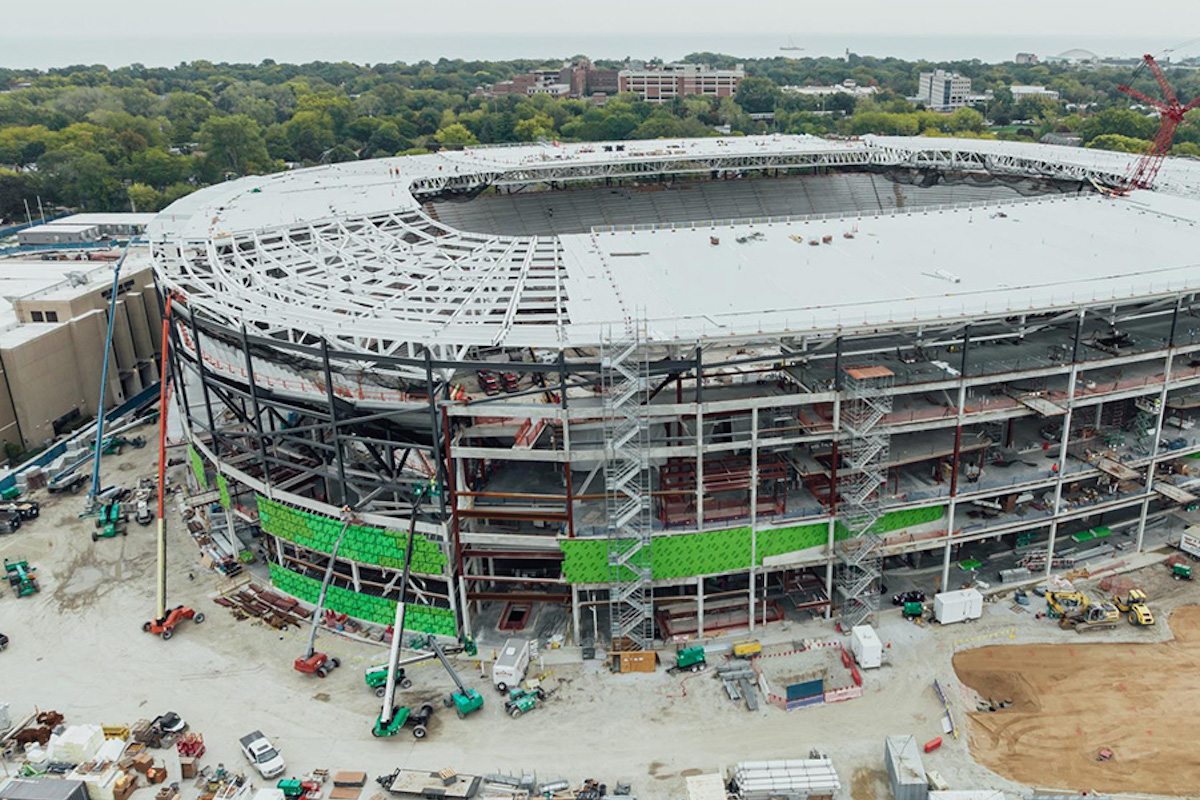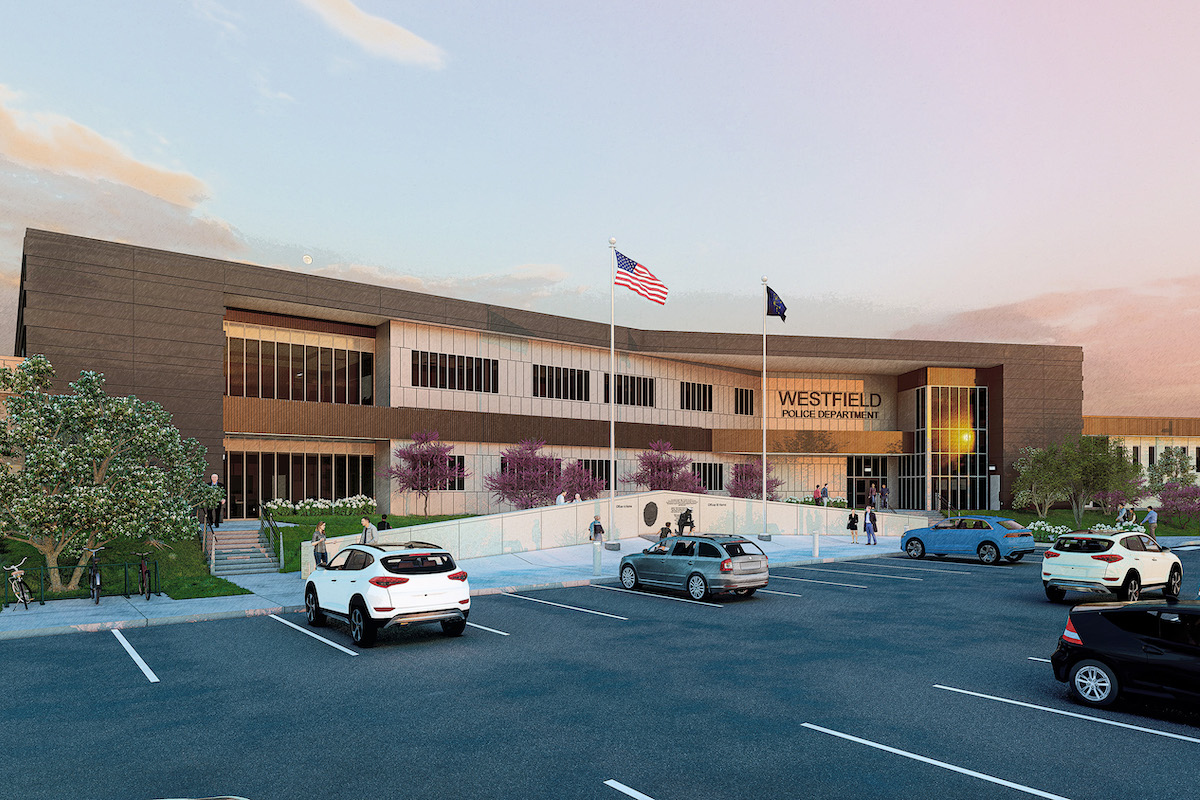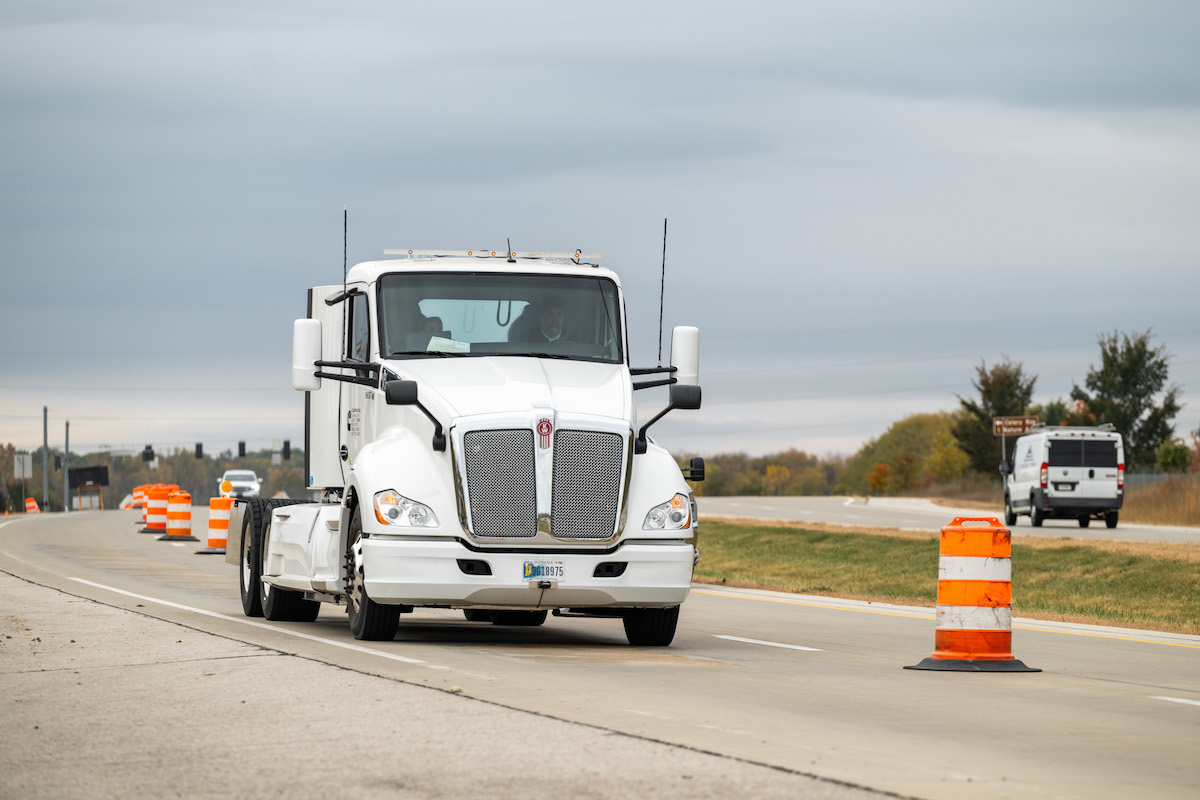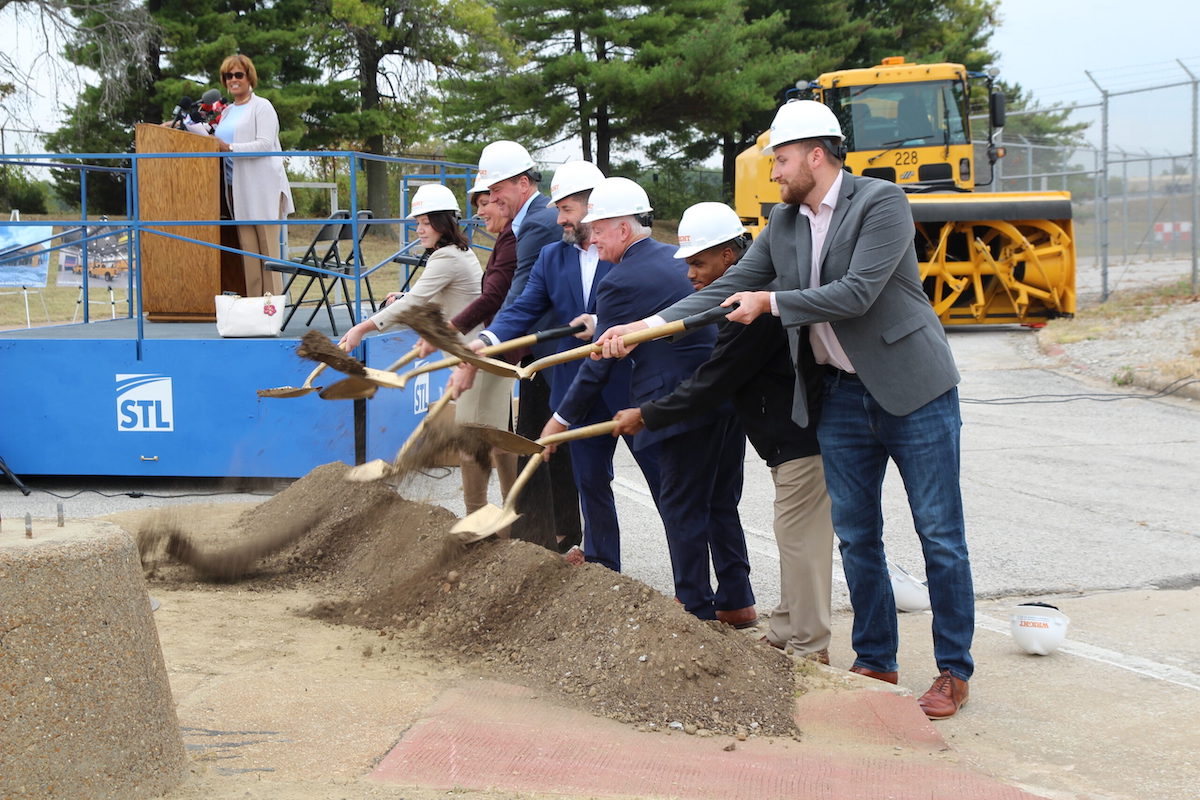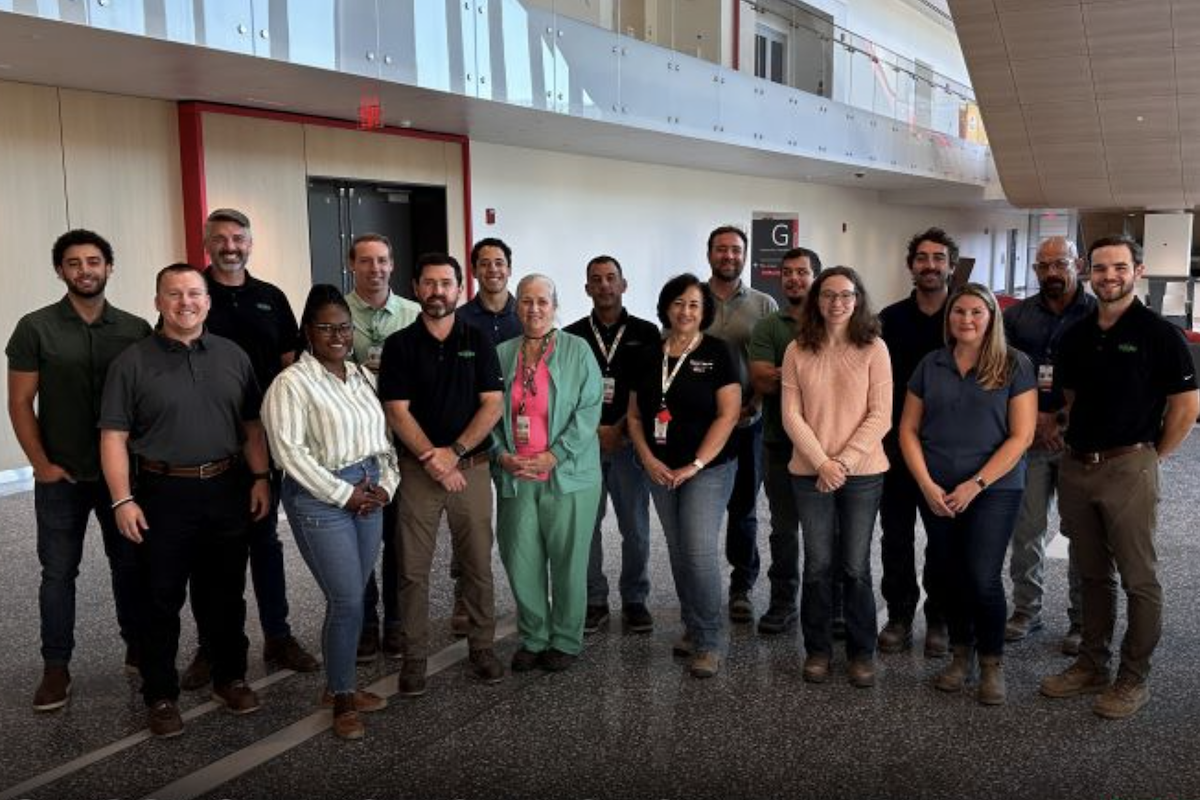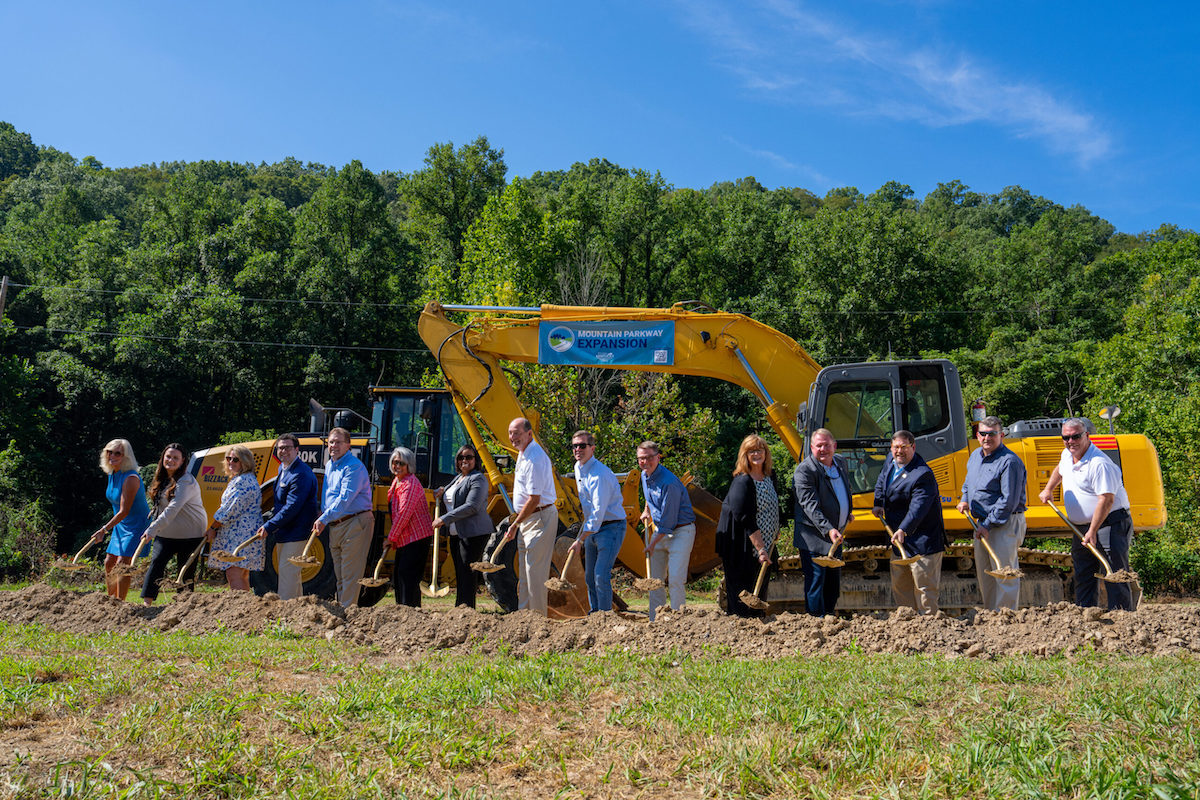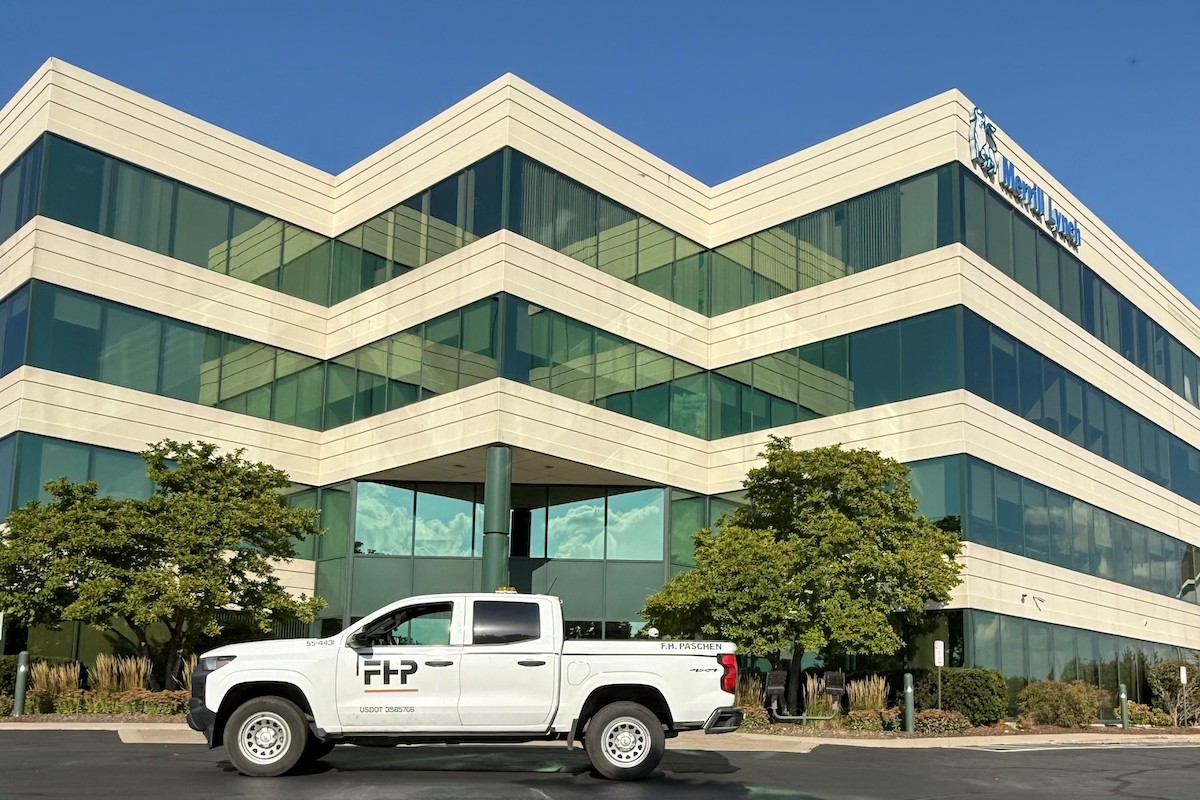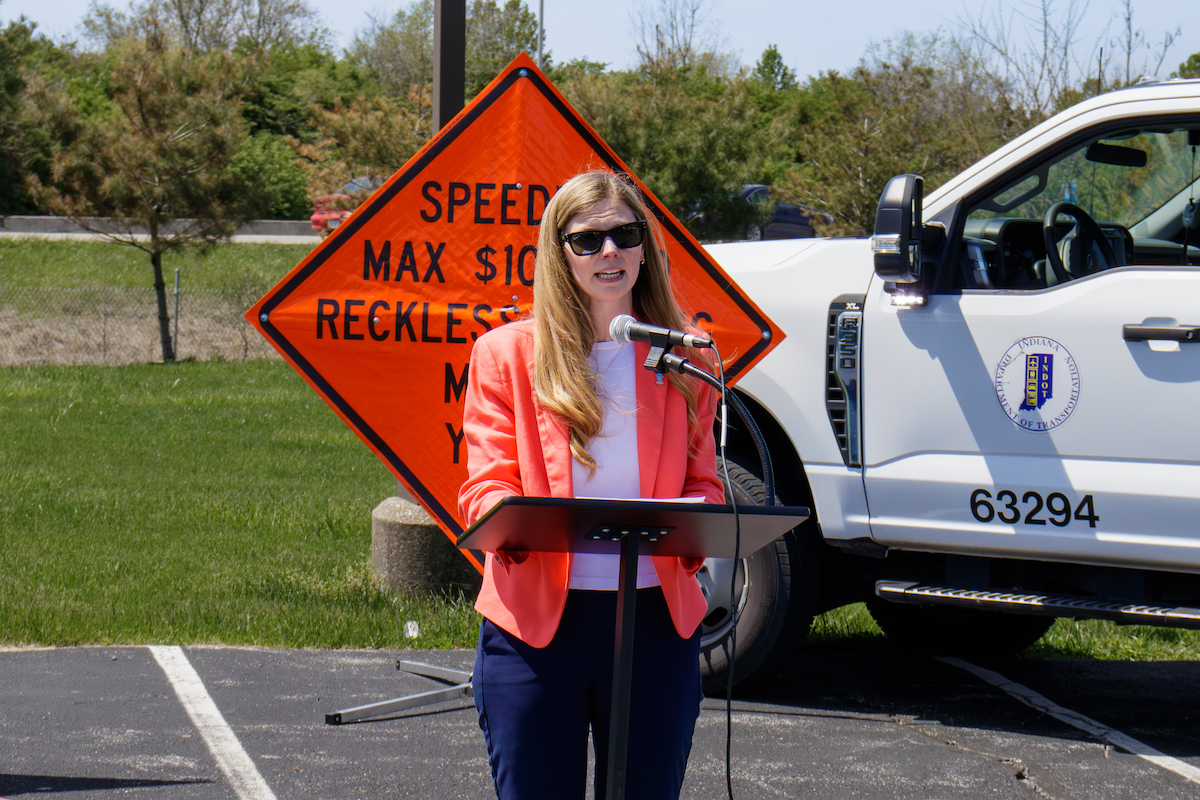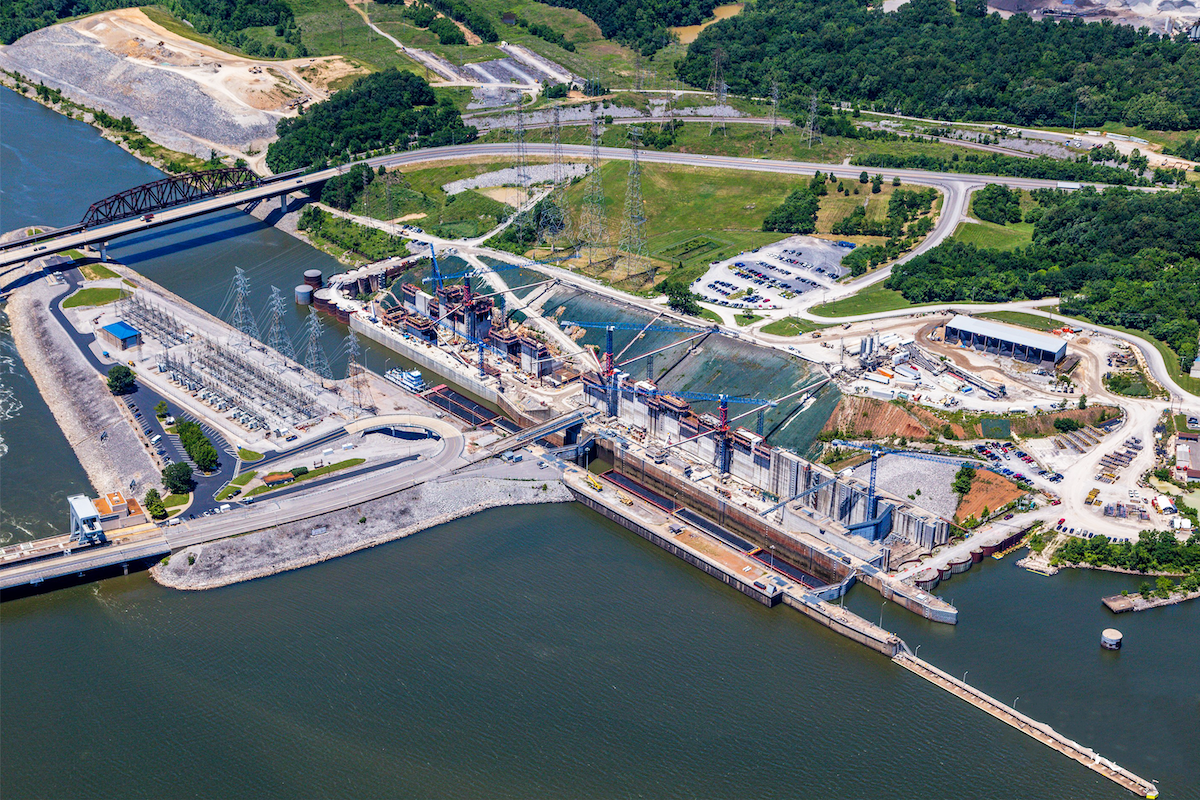Compaction is an integral process in the construction and maintenance of roads, highways, parking lots, and various infrastructure projects. The compaction process plays a crucial role in ensuring the longevity, stability, and safety of these structures.
Understand Material Characteristics
Before compaction, assess the material type, moisture content, and compaction requirements. Different soils or asphalt require different compaction methods and equipment.
Use Dependable Compaction Equipment

| Your local LeeBoy dealer |
|---|
| Brandeis Machinery |
Select compaction equipment suitable for the material type and job requirements. Ensure equipment is properly maintained and operated by trained operators.
Compact Material in Lifts
Compact soil or aggregate materials in layers or lifts to achieve uniform compaction throughout the depth. Each lift should be compacted to the specified density before adding the next layer.
Monitor Compaction Density
Use compaction testing methods such as nuclear density gauges, sand cone tests, or plate load tests to verify the achieved density meets project specifications.
Adjust Compaction Effort
Adjust compaction effort based on the type of material, moisture content, and lift thickness. Avoid excessive compaction that may lead to soil degradation or over-compaction issues.
Coordinate Compaction with Paving
Coordinate compaction activities with paving operations to ensure freshly laid asphalt or concrete is properly compacted immediately after placement.
Maintain Safety Measures
Follow safety protocols when operating compaction equipment, including wearing appropriate personal protective equipment (PPE) and ensuring a safe working environment.
Avoid Overworking Material
Refrain from overworking excessively wet soil or material, as that may lead to soil smearing and diminish compaction effectiveness.
Exercise Caution Near Structures
Be careful when compacting near existing structures or utilities to prevent settlement or damage.
Do Not Skip Compaction Testing
Ensure that compaction testing is conducted diligently throughout the construction process to prevent future settlement or pavement failure. Intelligent/continuous compaction control systems help identify weak spots in a compacted area using accelerometer-based measurements and GPS coordinates. It can be used as a quality control/assurance tool.
Prioritize Safety Over Speed
Prioritizing safety during compaction operations minimizes the risk of accidents, injuries, or compromised compaction quality.
Avoid Compaction in Poor Weather
Refrain from conducting compaction operations during adverse weather conditions, as they may compromise compaction effectiveness and safety.
Do Not Assume Uniform Compaction
Conduct frequent inspections and testing to ensure consistency in compaction quality across the project site. Use of intelligent compaction systems will help continuous measurement of compaction performance.
Understanding the material characteristics, utilizing proper equipment, conducting tests, and prioritizing safety are key to achieving optimal results. With advancements in technology and innovative techniques, these practices continue to evolve, promising more efficient, sustainable, and resilient infrastructure solutions for the future.















